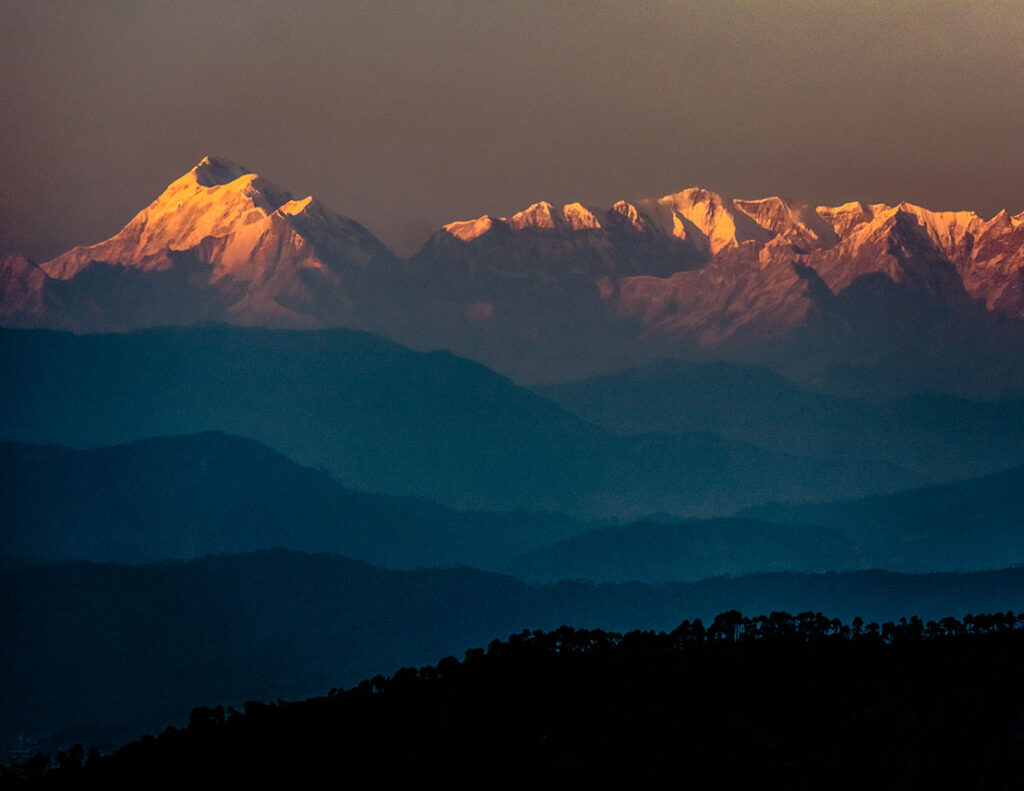
Incredible India
It is impossible to understand this country’s diversity and ancient belief system without experiencing it firsthand.
I have had the opportunity to travel extensively since childhood, thanks to my family. These early journeys played an important role in shaping the exploration I’ve undertaken over the last decade.
This journey began with the introduction of fine arts in my life. I started my Bachelor’s degree in 2012, and from that point onward, my interest in this country began to grow deeply. I wanted to witness everything that this diverse nation had to offer — architecture, landscapes, festivals, tribes, traditions, culture, and lifestyles — with my own eyes in this lifetime.

If you don’t already know, this country is gifted with an incredibly diverse terrain — from mountains to oceans, jungles to deserts. You can find almost every kind of natural condition here. India is also said to be the oldest living civilization on Earth, dating back thousands of years — long before any modern religion existed. This is the land of Sanatan Dharma, home to more than a million gods and goddesses, and the birthplace of many major religions including Buddhism, Sikhism, Jainism, and more.
India is also rich in architectural wonders that reflect both mythology and history. Places like Khajuraho, Modhera, Sanchi, and Rani ki Vav are famous for their temples and intricate stone carvings, which were far ahead of their time. Even today, it’s nearly impossible to recreate such marvels using modern technology.

When I visit these temples, a question always arises in my mind: What made people dedicate their entire lives to building such grand structures? Many of these temples also served as centers of learning — ancient institutions where people from around the world came to study the complex philosophies of Sanatan Dharma. In this tradition, storytelling plays a key role. The walls of temples are carved with mythological figures and stories of gods and goddesses to educate and inform society with timeless wisdom.
Though many temples were destroyed during Mughal invasions, it has always been impossible to completely erase this country’s ancient belief system. Varanasi is a perfect example — a city that still lives and breathes these ancient traditions. Believed to be the oldest continuously inhabited city in the world, Varanasi is also known as the spiritual capital of India. It is said to have been founded by Lord Shiva, one of the three principal deities alongside Brahma and Vishnu.
When I visit these temples, a question always arises in my mind: What made people dedicate their entire lives to building such grand structures? Many of these temples also served as centers of learning — ancient institutions where people from around the world came to study the complex philosophies of Sanatan Dharma. In this tradition, storytelling plays a key role. The walls of temples are carved with mythological figures and stories of gods and goddesses to educate and inform society with timeless wisdom.
Though many temples were destroyed during Mughal invasions, it has always been impossible to completely erase this country’s ancient belief system. Varanasi is a perfect example — a city that still lives and breathes these ancient traditions. Believed to be the oldest continuously inhabited city in the world, Varanasi is also known as the spiritual capital of India. It is said to have been founded by Lord Shiva, one of the three principal deities alongside Brahma and Vishnu.

Even today, the traditions, customs, and values of this ancient culture are deeply embedded in the lifestyle of the people — knowingly or unknowingly. Situated on the banks of the holy river Ganga, Varanasi is renowned for its temple architecture, with some temples dating back over 3,000 years, making this city truly one of a kind.
Across India, there are many communities and individuals who have managed to preserve and bring forward this ancient knowledge into the modern world. Sacred places like Rishikesh, Kedarnath, Prayagraj, Mathura, and Chitrakoot are deeply associated with mythological stories and divine beings like Shiva, Rama, and Krishna, who are believed to have once walked these lands.
India is not only the land of tradition, art, and architecture, but also the origin of yoga — a gift to the world. Many modern scientific principles in mathematics, astronomy, and medicine have their roots in Indian scriptures.
Festivals like Holi, Diwali, Durga Puja, and Ganesh Chaturthi are celebrated here with enthusiasm, not just for joy, but to preserve values, stories, and awareness for current and future generations. One of the oldest festivals, the Kumbh Mela, dates back thousands of years and is steeped in spiritual and mythological significance.
This entire journey has led me to a simple conclusion — one cannot understand India without understanding its past.
Traveling across this incredible land has helped me understand the depth of its cultural diversity and timeless legacy. And for that, I feel truly proud to be a part of this beautiful nation.